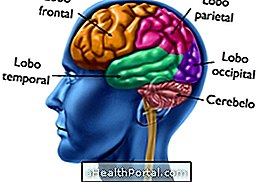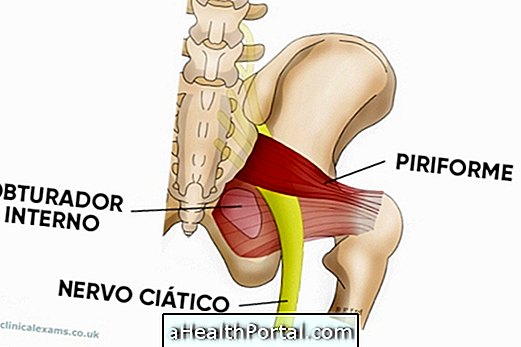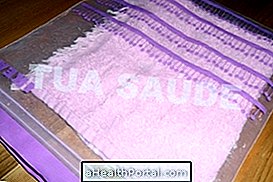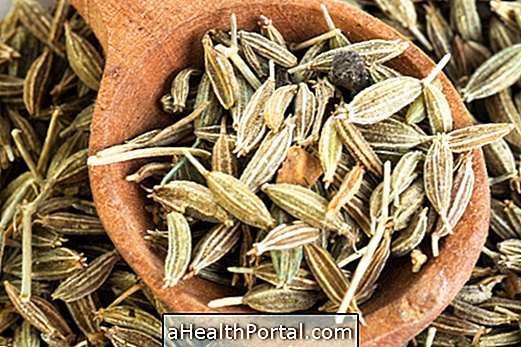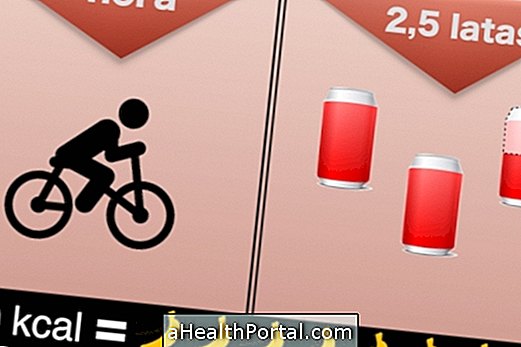Wheat intolerance is related to the difficulty in digesting gluten, which is also present in other cereals such as barley, rye or oats. Therefore, anyone who has food intolerance to wheat usually has gluten intolerance.
Symptoms of wheat intolerance
The symptoms of wheat intolerance are the same as those that appear in gluten intolerance, which can be:
- diarrhea;
- persistent vomiting;
- irritability;
- loss of appetite;
- weight loss without apparent cause;
- abdominal pain;
- swollen abdomen;
- pallor;
- iron deficiency anemia;
- decreased muscle mass.
To reduce the symptoms of a person intolerant to wheat, wheat and all foods that use wheat flour or other cereals with gluten such as barley, rye and oats should be excluded from feeding. These foods can be replaced by corn, quinoa, rice and even spelled can be used in wheat intolerance.
Food intolerances arise because the body has no ability to digest a substance. Another example is glucose intolerance, where the body can not digest sugar and, therefore, gets too much sugar giving rise to the symptoms of glucose intolerance.
Useful links:
- Food intolerance
- Gluten-free food











